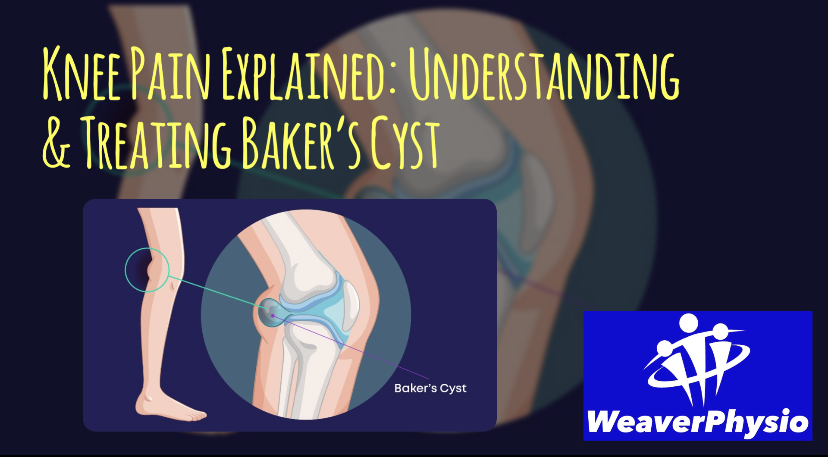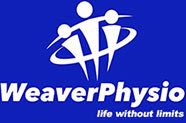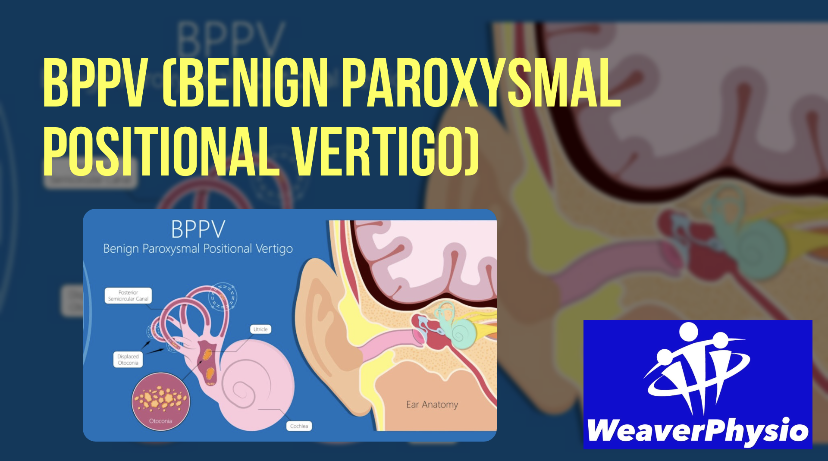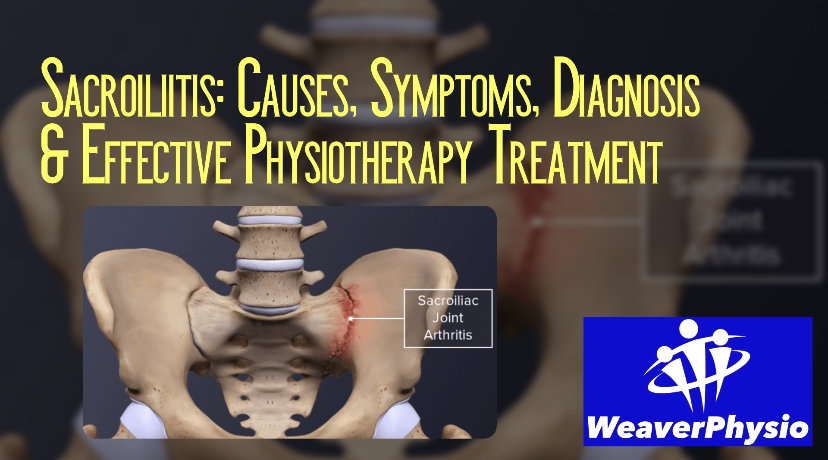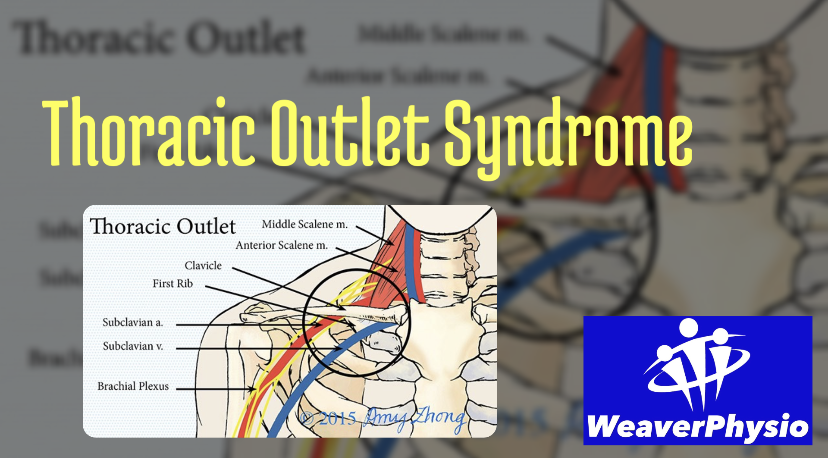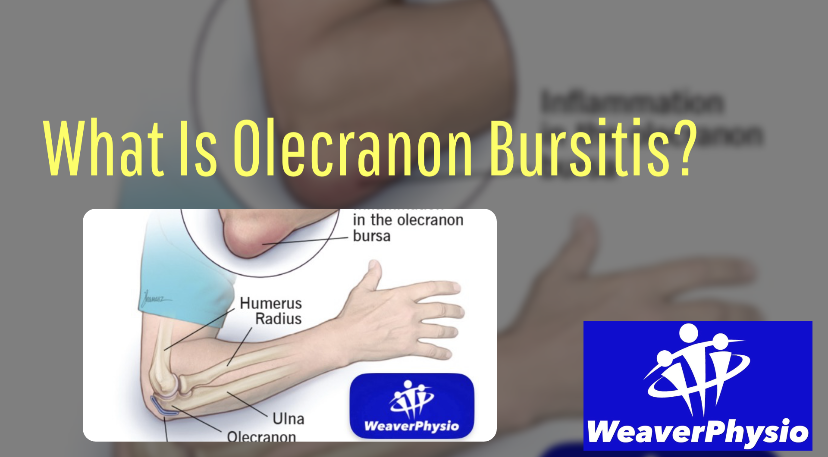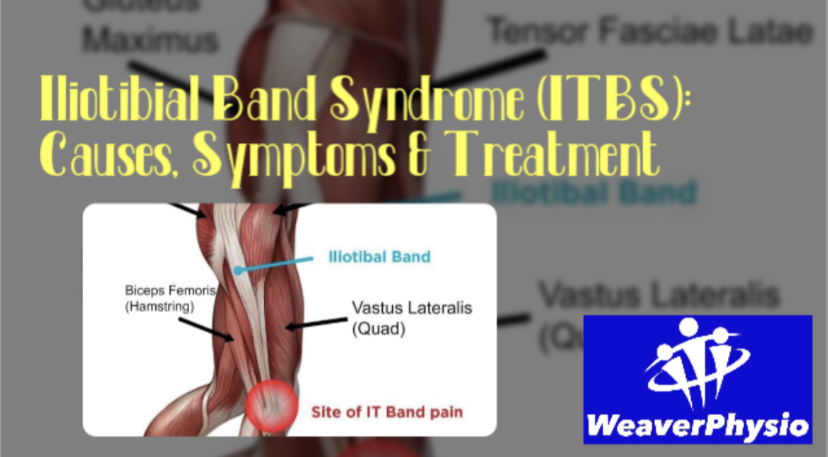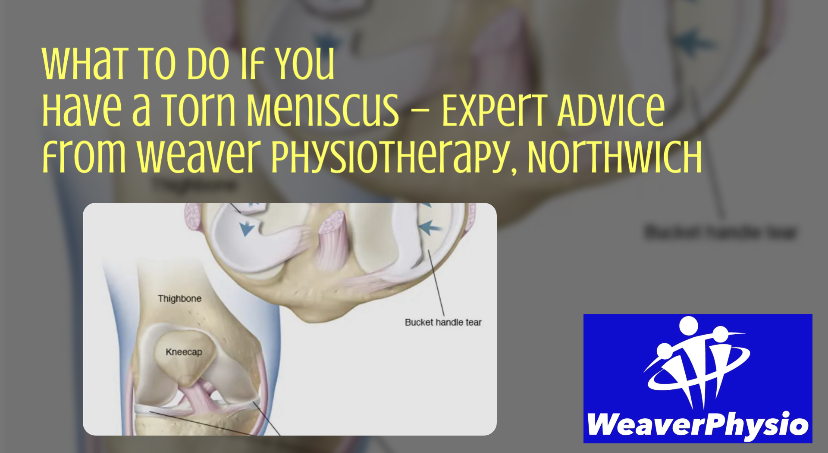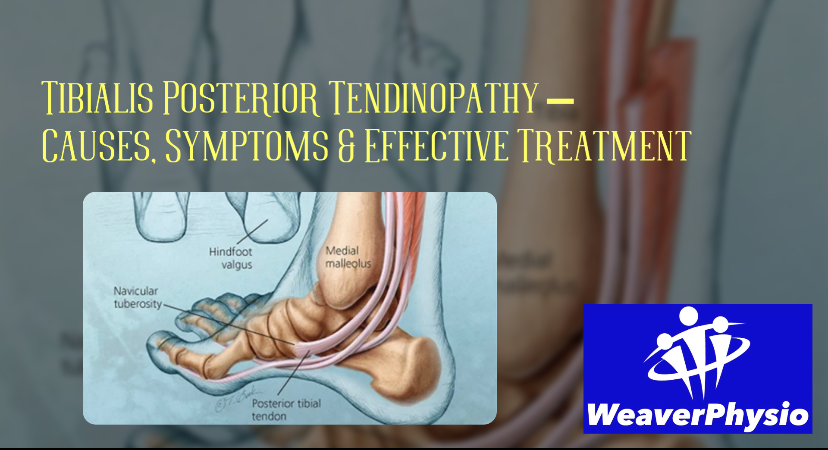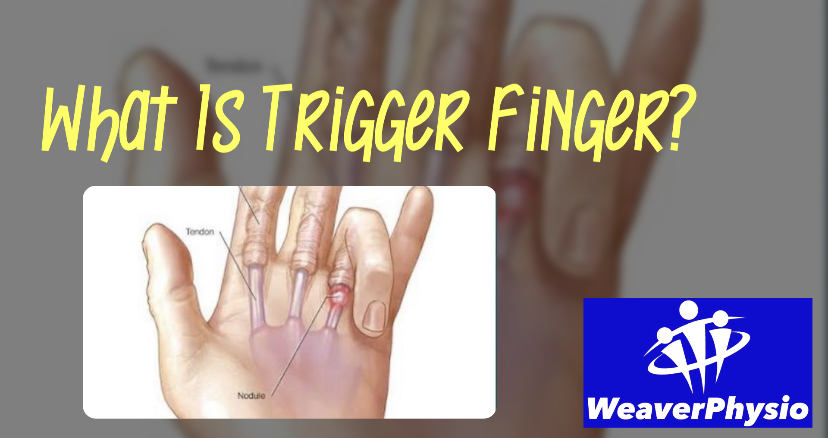Sports Massage

The Benefits of Sports Massage: Enhancing Performance and Recovery
Whether you’re a professional athlete or a weekend warrior, maintaining peak physical condition is essential for optimal performance. One often overlooked but highly beneficial tool in the athlete’s arsenal is sports massage. This specialized form of therapy is designed to cater specifically to the needs of active individuals. From improving performance to preventing injuries, sports massage offers a myriad of benefits. Let’s explore why incorporating sports massage into your routine can be a game-changer.
1. Enhances Muscle Recovery
After an intense workout or competition, your muscles experience micro-tears and accumulate lactic acid, which can lead to soreness and stiffness. Sports massage helps:
• Increase blood flow to the muscles, delivering essential nutrients and oxygen.
• Remove metabolic waste like lactic acid.
• Reduce muscle fatigue and soreness, allowing for quicker recovery.
2. Improves Flexibility and Range of Motion
Tight muscles can restrict your movement and increase the risk of injury. Sports massage focuses on loosening these muscles, improving flexibility and joint mobility. This is especially beneficial for athletes in sports requiring agility and full range of motion, such as gymnastics, swimming, and soccer.
3. Prevents Injuries
Prevention is better than cure, and sports massage is a proactive way to avoid injuries. By addressing muscle imbalances, tension, and tightness, it helps:
• Identify and alleviate potential problem areas.
• Reduce the likelihood of overuse injuries.
• Keep muscles and connective tissues in optimal condition.
4. Boosts Athletic Performance
A well-maintained body performs better. Sports massage prepares your muscles for activity by:
• Improving circulation and muscle efficiency.
• Reducing tension, which allows for more powerful and coordinated movements.
• Enhancing mental focus and relaxation, crucial for peak performance.
5. Reduces Stress and Promotes Relaxation
Athletes often deal with the physical and mental stress of training and competition. Sports massage helps by:
• Lowering cortisol levels and promoting the release of endorphins.
• Reducing anxiety and fostering a sense of well-being.
• Offering a moment of relaxation to recharge mentally and physically.
6. Supports Rehabilitation Post-Injury
If injuries do occur, sports massage is an effective tool for rehabilitation. It helps:
• Reduce scar tissue and improve mobility in the affected area.
• Alleviate pain and stiffness.
• Accelerate the healing process by stimulating blood flow and reducing inflammation.
7. Enhances Circulation and Lymphatic Drainage
Good circulation is critical for muscle health and overall recovery. Sports massage:
• Stimulates blood flow, ensuring muscles receive adequate nutrients and oxygen.
• Improves lymphatic drainage, helping to remove toxins and reduce swelling.
8. Customizable to Individual Needs
One of the biggest advantages of sports massage is its adaptability. Therapists can tailor the treatment to:
• Focus on specific areas of tension or pain.
• Address unique needs based on your sport or activity level.
• Align with your training and competition schedule.
Conclusion: A Vital Part of Any Athlete’s Routine
Sports massage is more than just a luxury; it’s an investment in your athletic performance and overall well-being. Whether you’re looking to enhance your performance, recover faster, or simply prevent injuries, sports massage offers a comprehensive solution.
Consider integrating it into your training regimen to stay ahead of the game and keep your body in peak condition. Remember, your body is your most valuable asset—take care of it, and it will take care of you.
